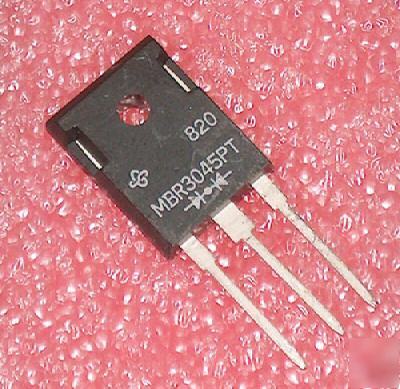Been doing some online reading about these diodes and interestingly enough, I see there is a possibility they can contain Pt or Pd. Not in the bond wires or the die to substrate bond but in the die itself as part of the semiconductor element.
These diodes exist in practically any modern switch mode power supply. Open up any computer power supply and you'll find two or more that have sizable current rating (higher current rating = larger die size)
Anybody worked with this scrap and experienced PGMs?
http://en.wikipedia.org/wiki/Schottky_diode


These diodes exist in practically any modern switch mode power supply. Open up any computer power supply and you'll find two or more that have sizable current rating (higher current rating = larger die size)
Anybody worked with this scrap and experienced PGMs?
http://en.wikipedia.org/wiki/Schottky_diode













































































